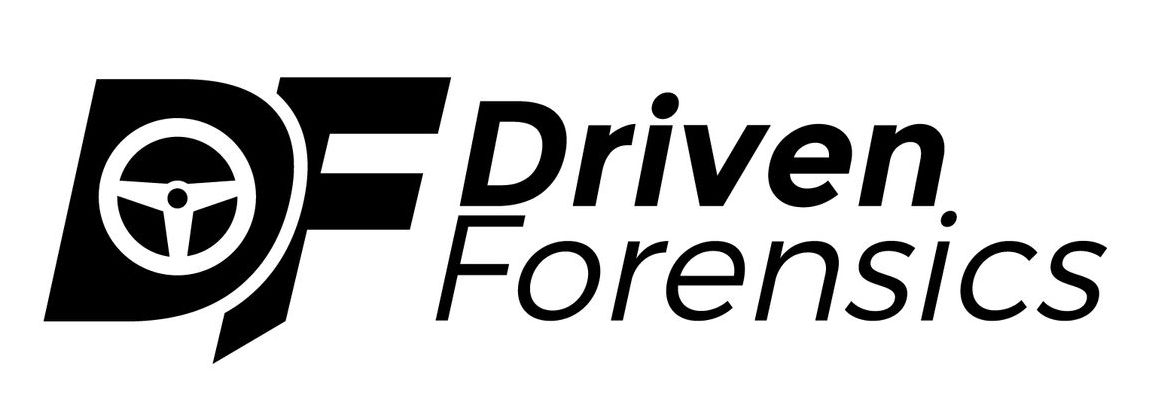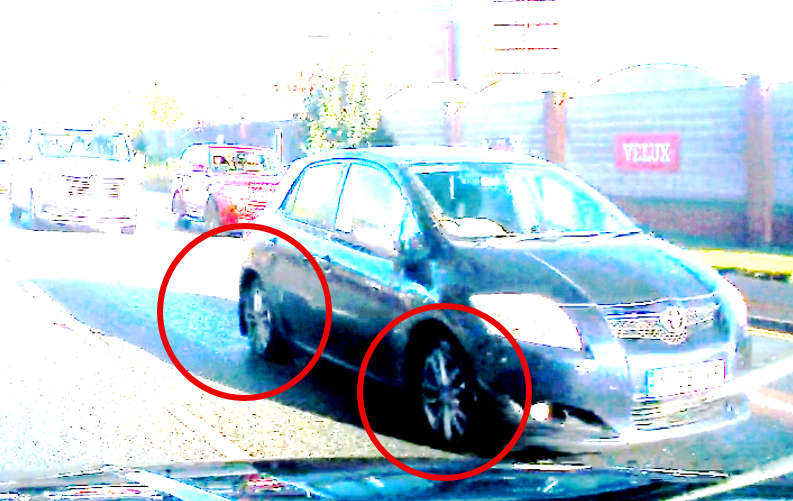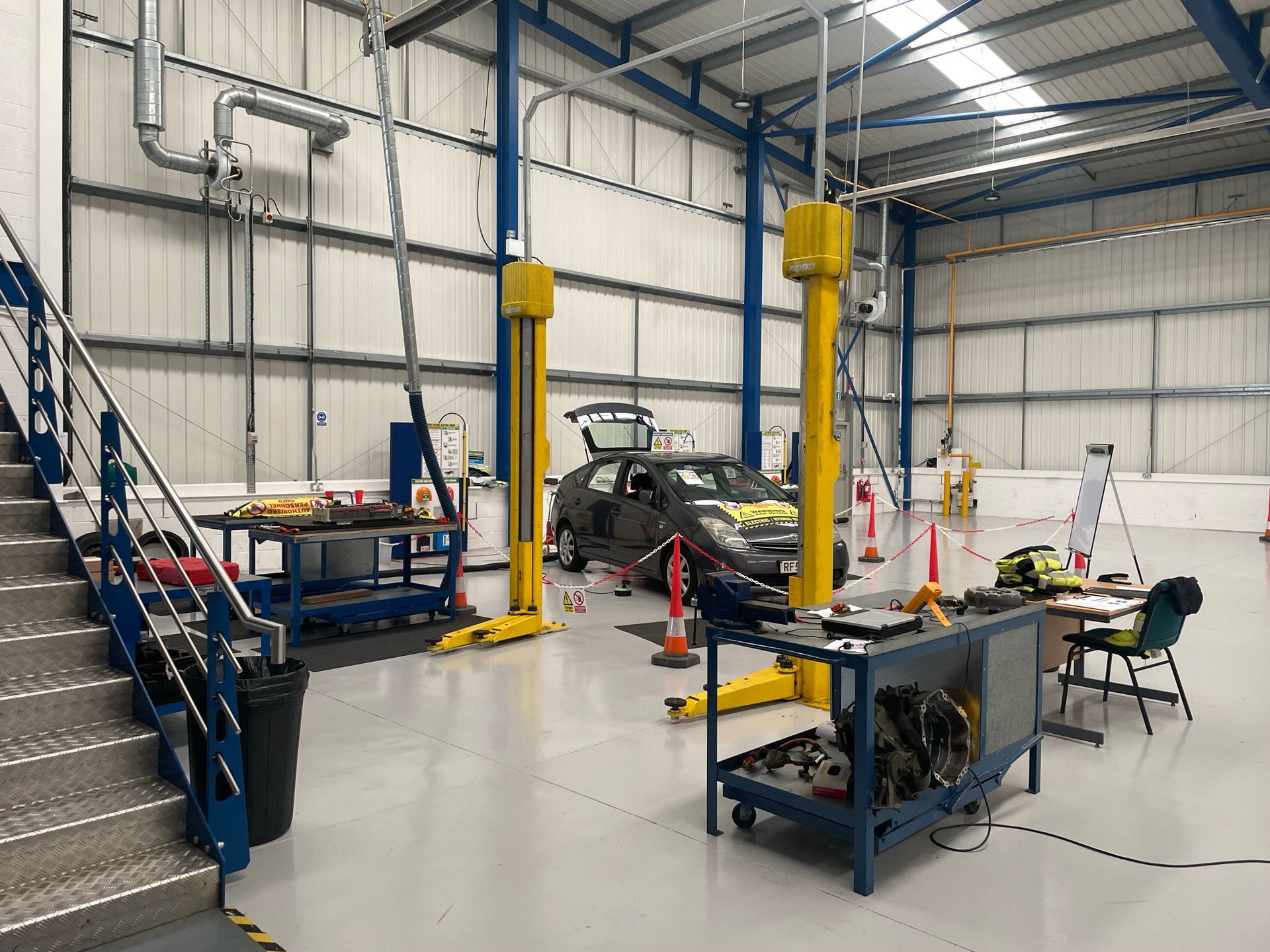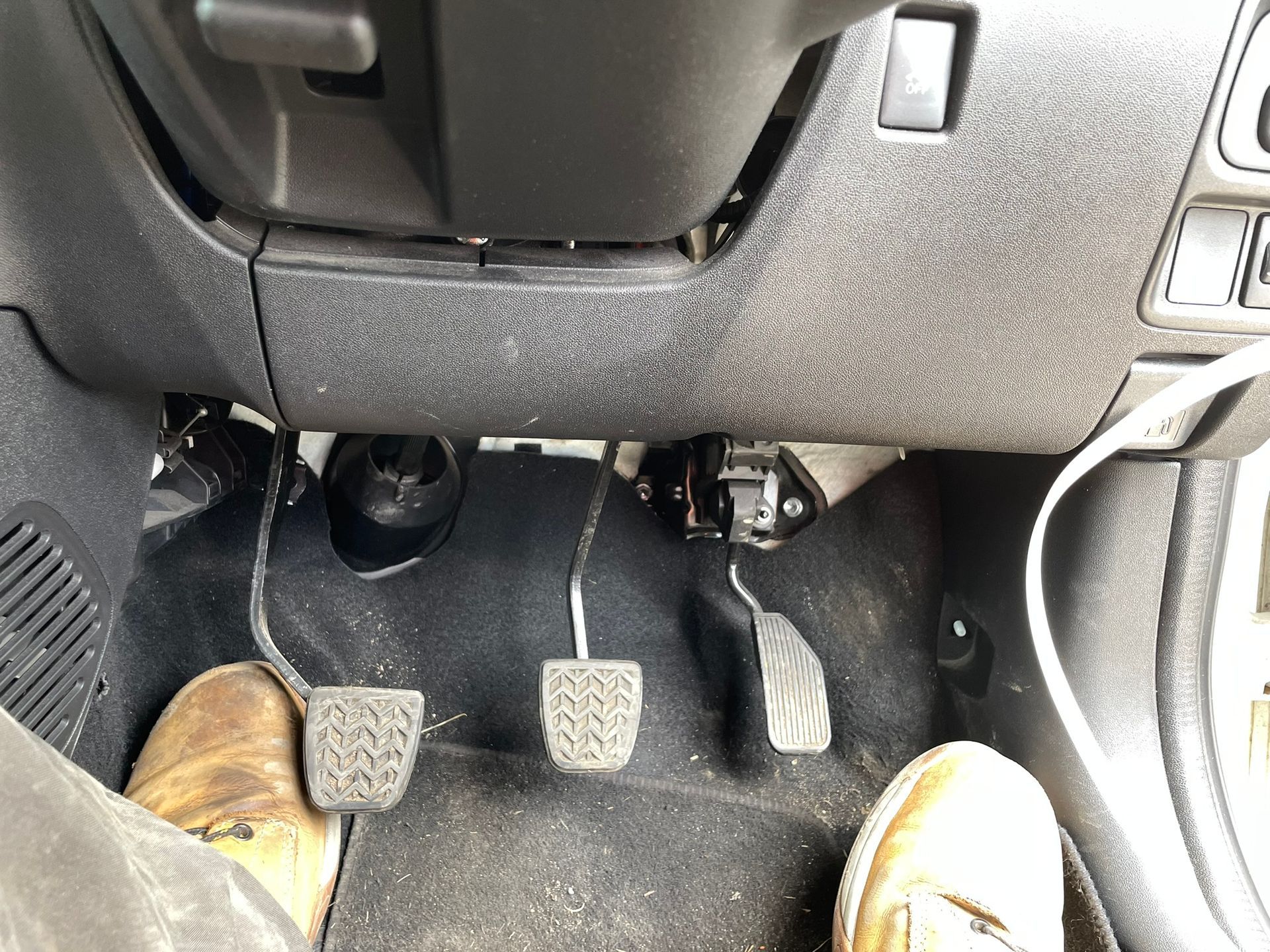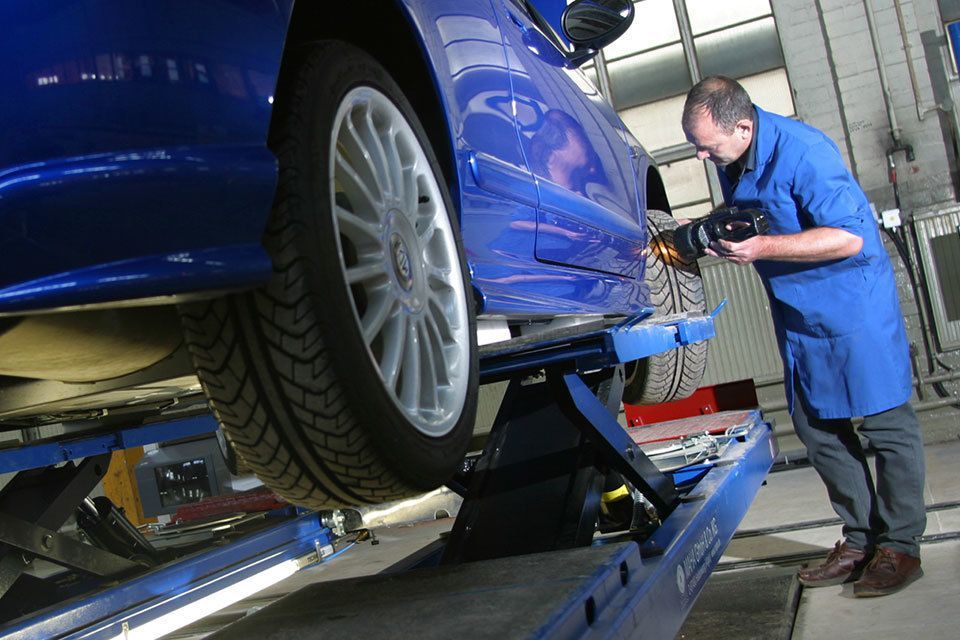In 2019, 1 in 10 vehicles presented for MOT failed due to having a dangerous defect. In 2022, that increased to almost 3 in 10.
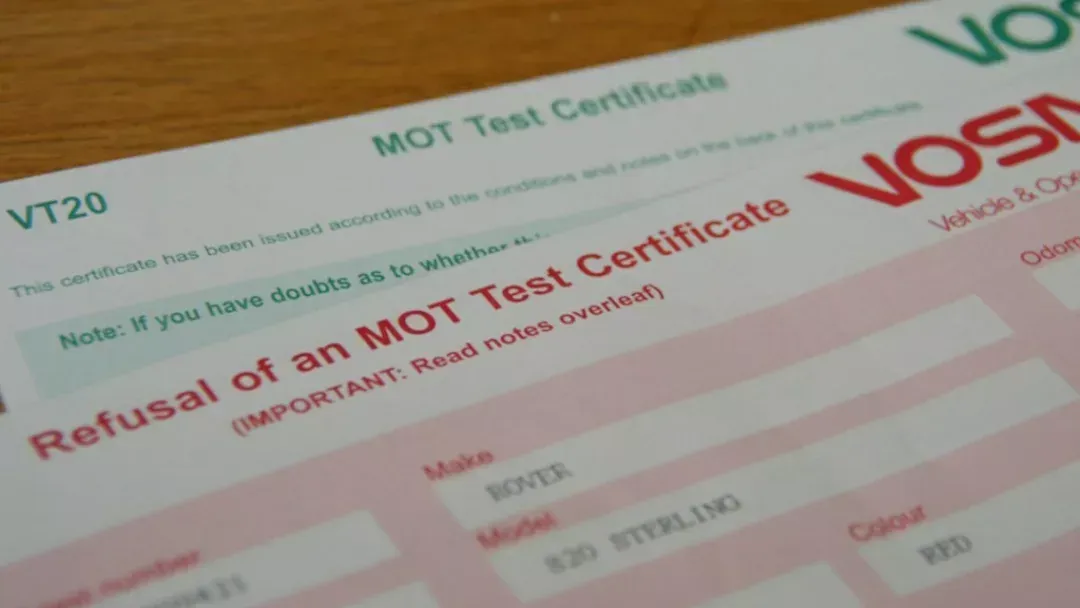
In 2019, 1 in 10 vehicles on UK roads failed their MOT with a dangerous defect (1). By 2022, that number had risen to just under 3 in 10 (2).
With almost 30% of vehicles carrying a dangerous defect, before you can understand what part those defects played in a collision, you first need to know they exist. Driven Forensics are experienced vehicle inspectors, having inspected pedal cycles, motorcycles, cars, buses and trucks (including trailers) for coronial, criminal and civil purposes.
We have the necessary skills and experience to both identify defects and determine what effect, if any, they would have on a collision. When categorising defects and determining what part it played in a collision, our experience as collision investigators allows us to understand how a collision occurred, what may have caused the collision and whether a defect contributed to the collision.
To give some perspective, research undertaken by the RAC (3), around 19% of vehilces failed for lighting/signalling defects, 13% on suspension, 10% on brakes, just under 8% on tyres and just over 7% on issues affecting a drivers view.
Whether you need a general vehicle condition inspection, an assessment of damage and whether it is relevant to the collision, even an inspection of a specific component or system or a full vehicle inspection, we can cater our services to meet your needs.
Following our inspection, we can communicate our findings by email, telephone, in a letter of advice or a court compliant report. Where we produce a court compliant report, we will be available to be cross-examined on our evidence.
Contact us today to find out how we can take care of all your vehicle inspection needs.
(1) - https://lnkd.in/e6pZ7HpK.
(2) - https://lnkd.in/epzG3cDC
(3) - https://www.rac.co.uk/drive/advice/car-maintenance/most-common-mot-fails/
